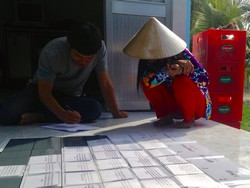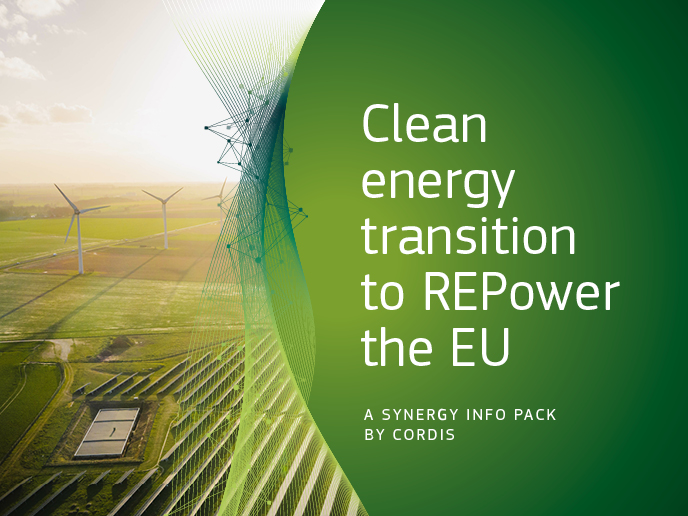Innovative methodology to understand why seemingly vulnerable populations do not migrate and may become ‘trapped’
To the international community, the notion of populations becoming trapped when they wish or intend to move but are unable to do so represents just as important a policy concern as those who do migrate. Lack of critical analysis has led to ambiguity about who may be trapped, by what and where, as well as what could and should be done in response. Not being able to define what constitutes a trapped population keeps from developing mechanisms to support the livelihoods of those people who are potentially most vulnerable to the impacts of environmental change. The EU-funded TRAPPED(opens in new window) (Identifying the location and extent of populations trapped by environmental change in the Mekong Delta: An agent-based modelling approach) project explored the potential for vulnerable populations to be trapped within the Mekong Delta region in Vietnam both now and under future environmental change scenarios. Project partners examined ontological foundations, normative implications and subjective notions involving the concept of a trapped population. They began with a literature review on mobility and environmental threats in a variety of contexts worldwide. Using Q-method to study people’s subjectivity in the Mekong Delta revealed three perspectives on environmental threats and mobility: trapped, coping and resilient. The trapped group clearly emerged among the three. However, a survey in four of the region’s provinces showed that very few individuals would actually identify themselves as belonging to the trapped group. This is thought likely to be caused in part by psychosocial processes that cause some people to be unwilling to accept defeat and define themselves as trapped in a place to which they may have a strong emotional attachment. Findings led to a theoretical framework for being trapped and an agent-based modelling approach to simulate the different ways people make mobility decisions in various situations. By attempting to better define a trapped population and identify their potential existence in a specific geographic location, TRAPPED findings should have a clear impact on relevant policy and contribute to protecting the rights of those most vulnerable to environmental change.







